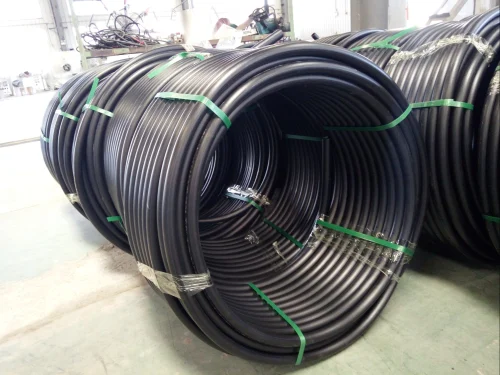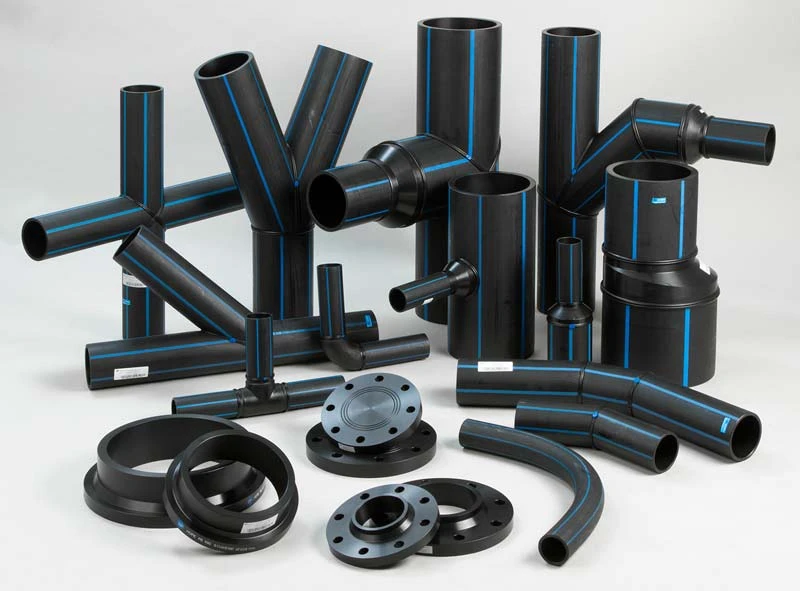
1. Introduction
PE pipes, or polyethylene pipes, are becoming increasingly popular for various piping systems due to their flexibility, durability, and resistance to various chemicals. Among the essential components of these systems are shut-off fittings, which play a crucial role in controlling the flow of liquids. Understanding the significance of PE pipe shut-off fittings can help ensure efficient and reliable piping systems.
2. What Are PE Pipe Shut-off Fittings?
PE pipe shut-off fittings are specialized components designed to stop the flow of liquid in a piping system. These fittings are essential for maintenance, repairs, or emergencies. There are several types of shut-off fittings, including ball valves, gate valves, and butterfly valves, each serving a specific purpose and application.
3. Benefits of Using PE Pipe Shut-off Fittings
PE pipe shut-off fittings offer numerous advantages:
- Durability: They are resistant to impacts and can withstand harsh environmental conditions.
- Resistance to Corrosion: Unlike metal fittings, PE fittings do not rust or corrode, making them ideal for water and chemical transport.
- Lightweight and Easy to Install: Their light weight makes handling and installation a breeze, reducing labor costs.
4. Applications of PE Pipe Shut-off Fittings
PE pipe shut-off fittings are used across various sectors:
- Residential Uses: Ideal for plumbing systems and irrigation.
- Commercial Applications: Widely used in water supply lines and sewage systems.
- Industrial Settings: Common in chemical processing and oil transport due to their durability.
5. How to Choose the Right PE Pipe Shut-off Fittings
Selecting the appropriate shut-off fitting involves several considerations:
- Size and Compatibility: Ensure that the fitting matches the diameter of your pipe.
- Pressure Rating: Choose fittings rated for the pressure they will encounter in your system.
- Type of Liquid: Consider the chemical compatibility of the fitting with the liquid being transported.
6. Installation Process
Installing PE pipe shut-off fittings is straightforward. Here’s a step-by-step guide:
- Gather Tools: You’ll need a pipe cutter, wrench, and Teflon tape.
- Cut the Pipe: Ensure a clean cut for a secure fit.
- Apply Teflon Tape: Wrap the threads of the fitting to prevent leaks.
- Attach the Fitting: Use a wrench to tighten the fitting securely.
- Test the System: Check for leaks and ensure everything is functioning correctly.
7. Maintenance Tips for PE Pipe Shut-off Fittings
Regular maintenance can prolong the life of your fittings:
- Routine Checks: Inspect fittings for leaks and wear.
- Common Issues: Be aware of issues like improper sealing or buildup of debris, and know how to address them.
8. Common Misconceptions About PE Pipe Shut-off Fittings
There are many myths surrounding PE pipe fittings:
- Myth: They are only suitable for low-pressure systems.
- Fact: Many PE fittings are rated for high pressures.
- Myth: They are too fragile for industrial use.
- Fact: PE fittings are highly durable and suitable for various applications.
9. Environmental Impact
PE materials are often considered environmentally friendly:
- Sustainability: The production of PE pipes typically has a lower carbon footprint than metal alternatives.
- Recycling Options: PE can be recycled, reducing waste and promoting sustainability.
10. Innovations in PE Pipe Technology
The PE piping industry is evolving:
- Recent Advancements: Innovations in manufacturing have improved the quality and durability of PE fittings.
- Future Trends: Expect advancements in smart technology integration for better monitoring and management of piping systems.
11. Cost Considerations
When considering PE pipe shut-off fittings:
- Initial Investment vs. Long-term Savings: Although they may have a higher upfront cost, their durability leads to lower maintenance and replacement costs over time.
- Comparing with Other Materials: Assessing the overall cost-effectiveness against metal or PVC options can guide your purchasing decisions.
12. Case Studies
Examining real-world applications can provide valuable insights:
- Successful Implementations: Projects that used PE fittings have often seen reduced leak rates and lower maintenance costs.
- Lessons Learned: Understanding the challenges faced during installation or operation can help improve future projects.
13. Frequently Asked Questions
- What materials are PE pipe shut-off fittings made from?
- They are typically made from high-density polyethylene, known for its strength and resistance to chemicals.
- Can PE fittings be used for hot water applications?
- Generally, PE is not suitable for hot water. Check the manufacturer’s specifications.
- How do I know which size fitting to buy?
- Measure the outer diameter of your pipe and select a fitting that matches.
- Are PE fittings more expensive than PVC?
- They may have a higher initial cost, but their durability often leads to long-term savings.
- How long do PE fittings last?
- With proper maintenance, PE fittings can last several decades.
14. Conclusion
PE pipe shut-off fittings are vital components in various piping systems, providing control and reliability. Their advantages, including durability, resistance to corrosion, and ease of installation, make them an excellent choice for a wide range of applications. As technology advances, the role of these fittings will only grow more significant, emphasizing the need for informed choices in plumbing and piping systems.
15. Additional Resources
For more information on PE pipe shut-off fittings, check out industry publications and resources from reputable manufacturers.

















